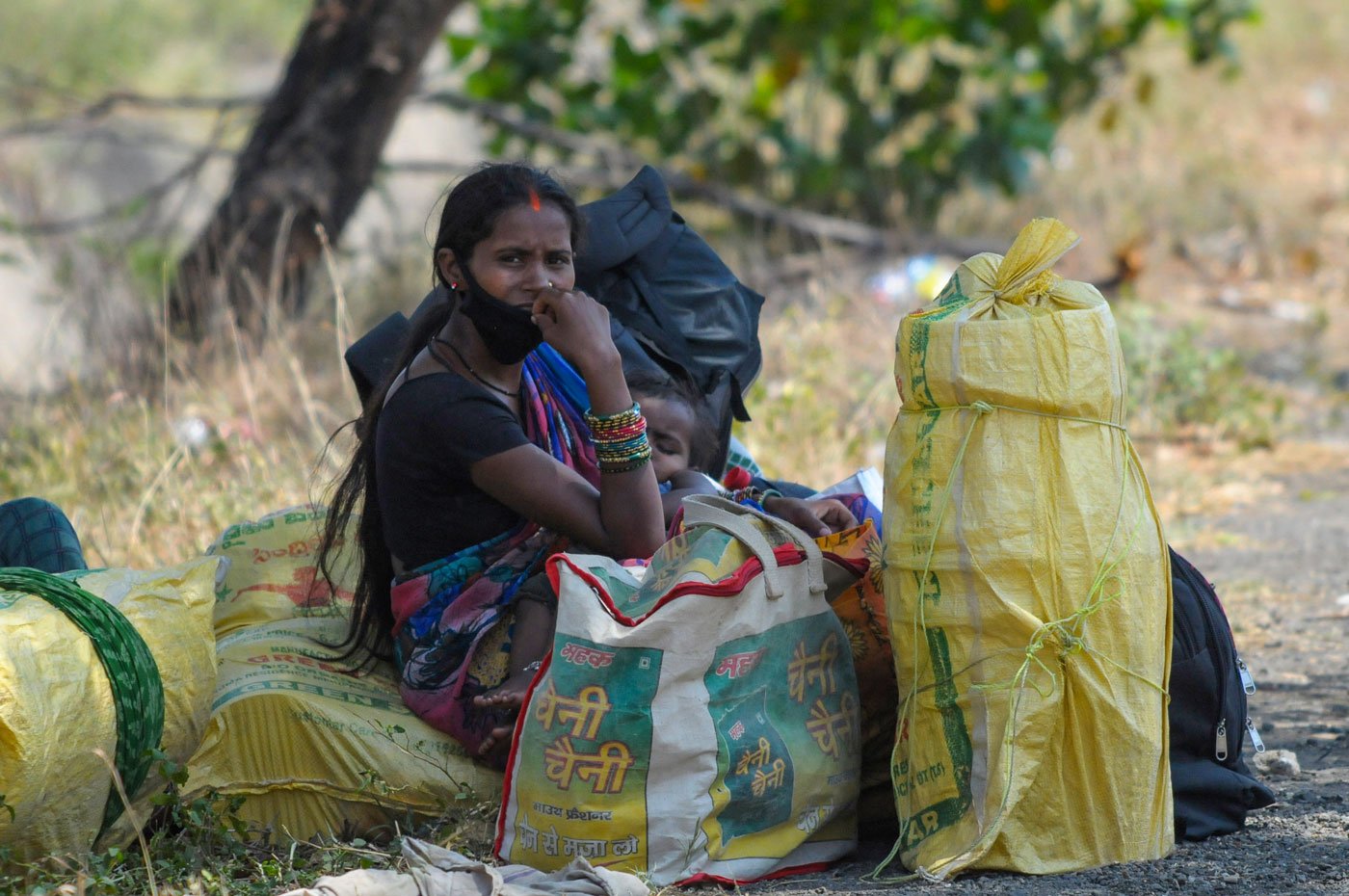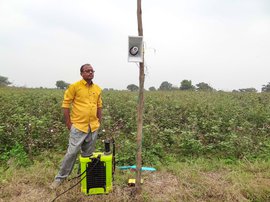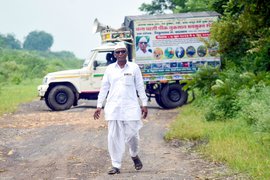They were mostly just passing through – in thousands. They came every day, on foot, on bicycles, on trucks, in buses, in or on just about any vehicles they could find. Tired, exhausted, desperate to reach home. Men and women of all ages, many children, too.
These were people coming from Hyderabad and beyond, from Mumbai and Gujarat, or from across Vidarbha and western Maharashtra, and headed north or eastwards – to Bihar, Chhattisgarh, Jharkhand, Madhya Pradesh, Odisha, Uttar Pradesh and West Bengal.
Millions across the country made the same call when they found their lives disrupted, their livelihoods at a standstill with the lockdown: they would go back to their villages, their families and loved ones. However hard the journey, it would be better that way.
And many of them are moving through Nagpur, geographical centre of the country and in normal times one of its most important rail junctions. This flow moved on for weeks and weeks. It was not until well into May that the state and central government began ferrying some of the migrants in buses and trains. But thousands who simply could not find a seat, continued their long-distance home-bound journeys any which way they could.
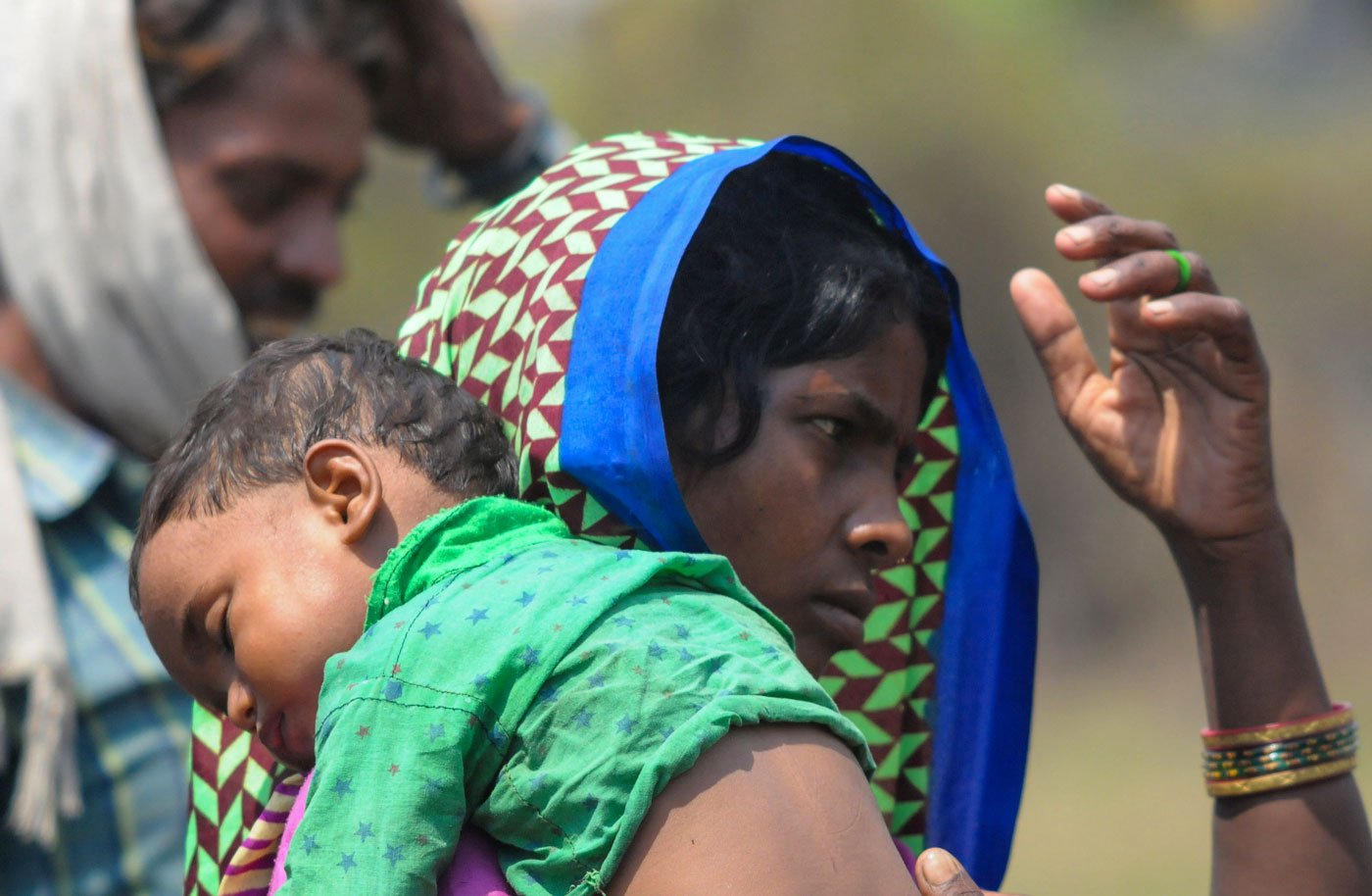
While the father shoulders their belongings, the young mother walks briskly carrying their sleeping baby on her shoulder, as the family journeys from Hyderabad to Nagpur.
Among them: A young couple with their 44-day-old baby girl, traveling from Hyderabad to Gorakhpur, on a hired motorbike, in temperatures touching the mid-40s.
Thirty-four young women from villages in Chhattisgarh’s Dhamtari district, trying to reach home from Ahmedabad where they had gone to train under a skill development programme.
Five young men, on their recently purchased bicycles, headed for Rayagada district of Odisha.
On the outer ring road of Nagpur, hundreds of migrants are still arriving from National Highways 6 and 7, each day. They are served food at several points and found shelters around a toll plaza, organised by the district administration and a coalition of NGOs and citizens’ groups. The labourers rest through the scorching summer day and resume their journeys by evening. The Maharashtra government has now arranged for buses to drop them at the borders of different states, every day. So those crowds could now begin to thin out – and people might reach the safety of their homes – which is all they want.
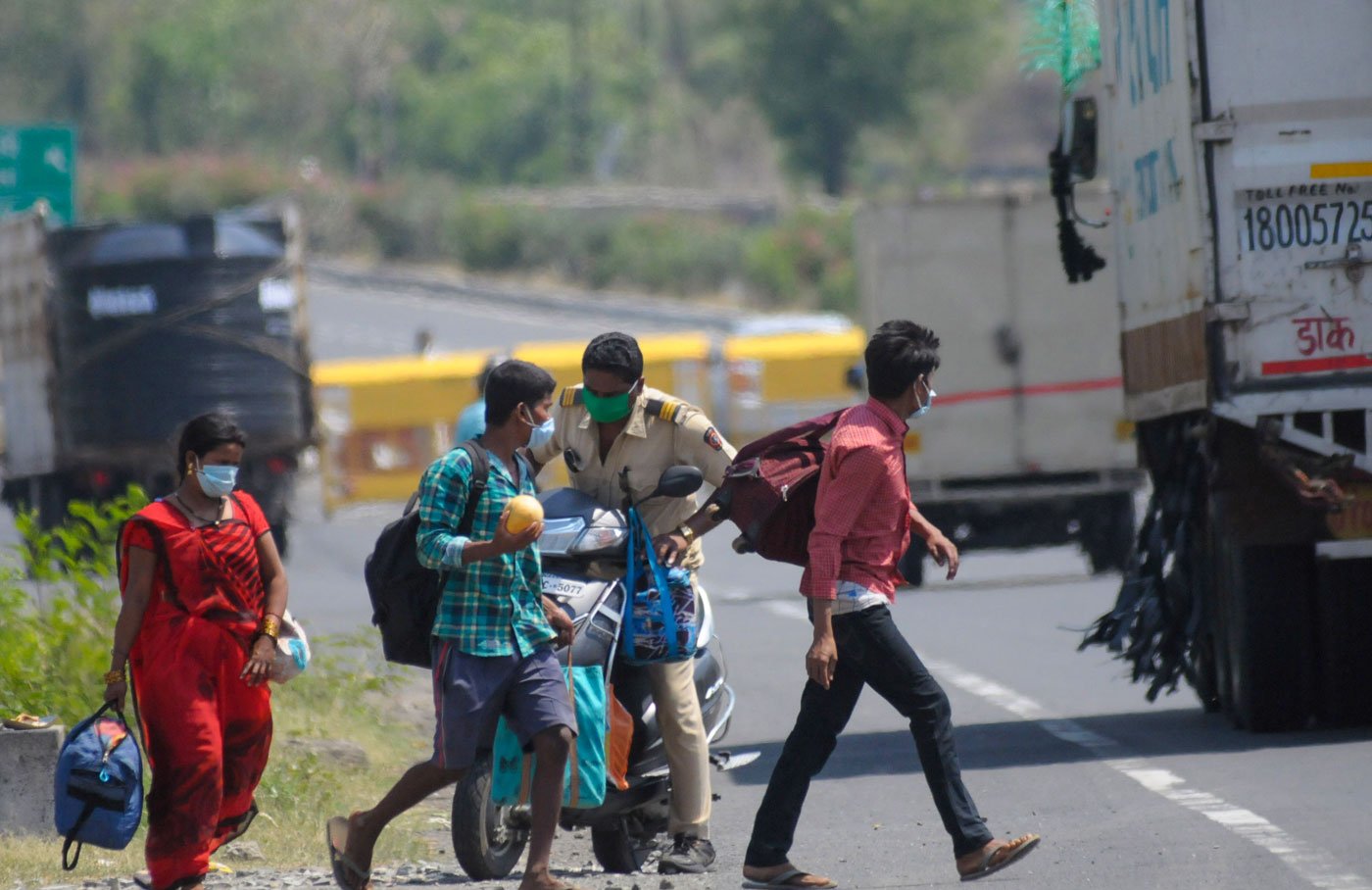
After alighting from a truck that came from Hyderabad, a group of labourers walks to a food shelter on the outskirts of Nagpur.
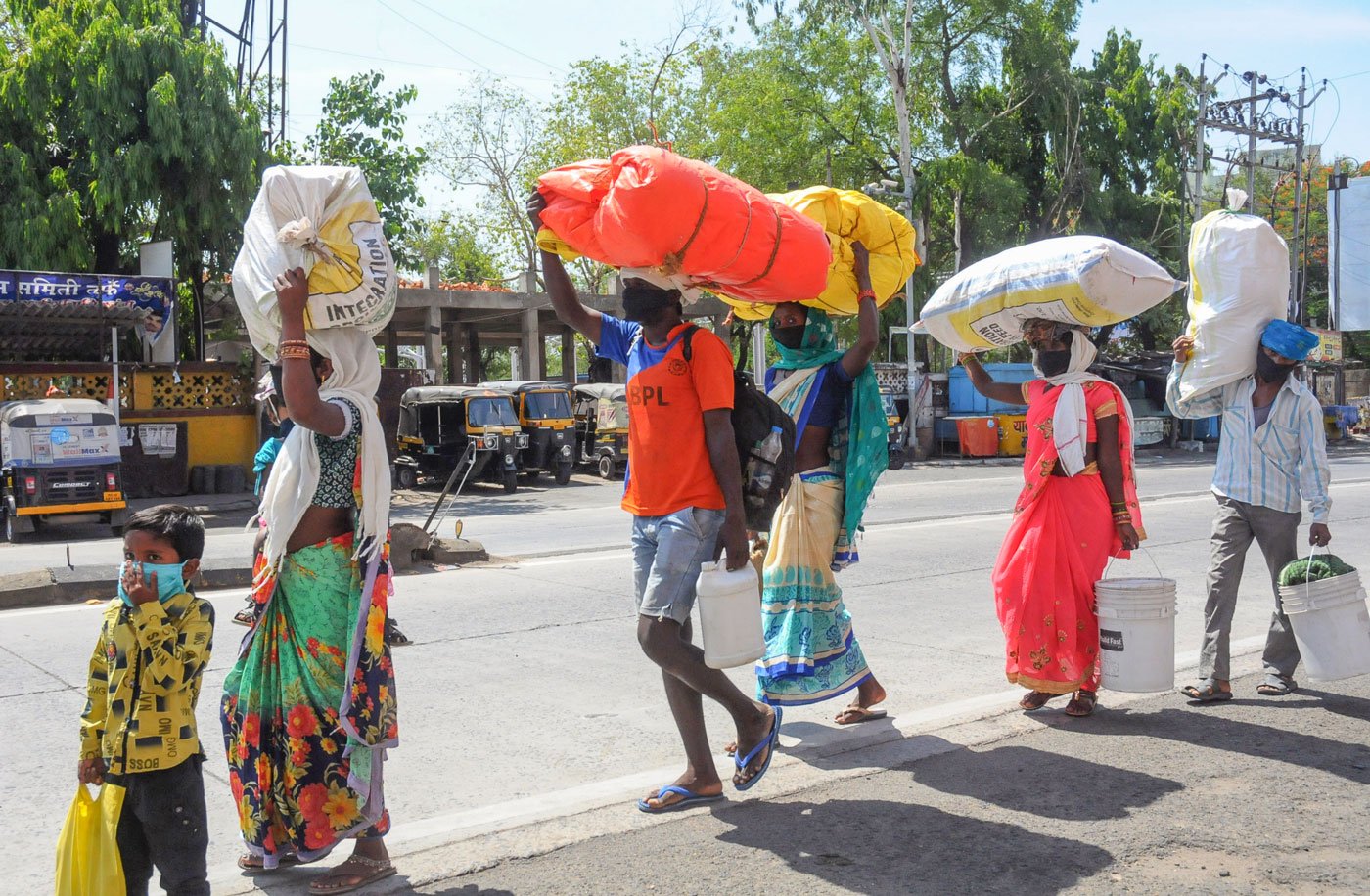
A group of migrants walking back home, carring their belongings – many kilos across many kilometres in the blazing May heat. Every day after the lockdown was announced, Nagpur has witnessed a steady flow of people walking in groups – homeward bound, headed in all directions.

A group of young men walking towards a food shelter near Panjari on the outskirts of Nagpur; they had come from Hyderabad where they had migrated for work.
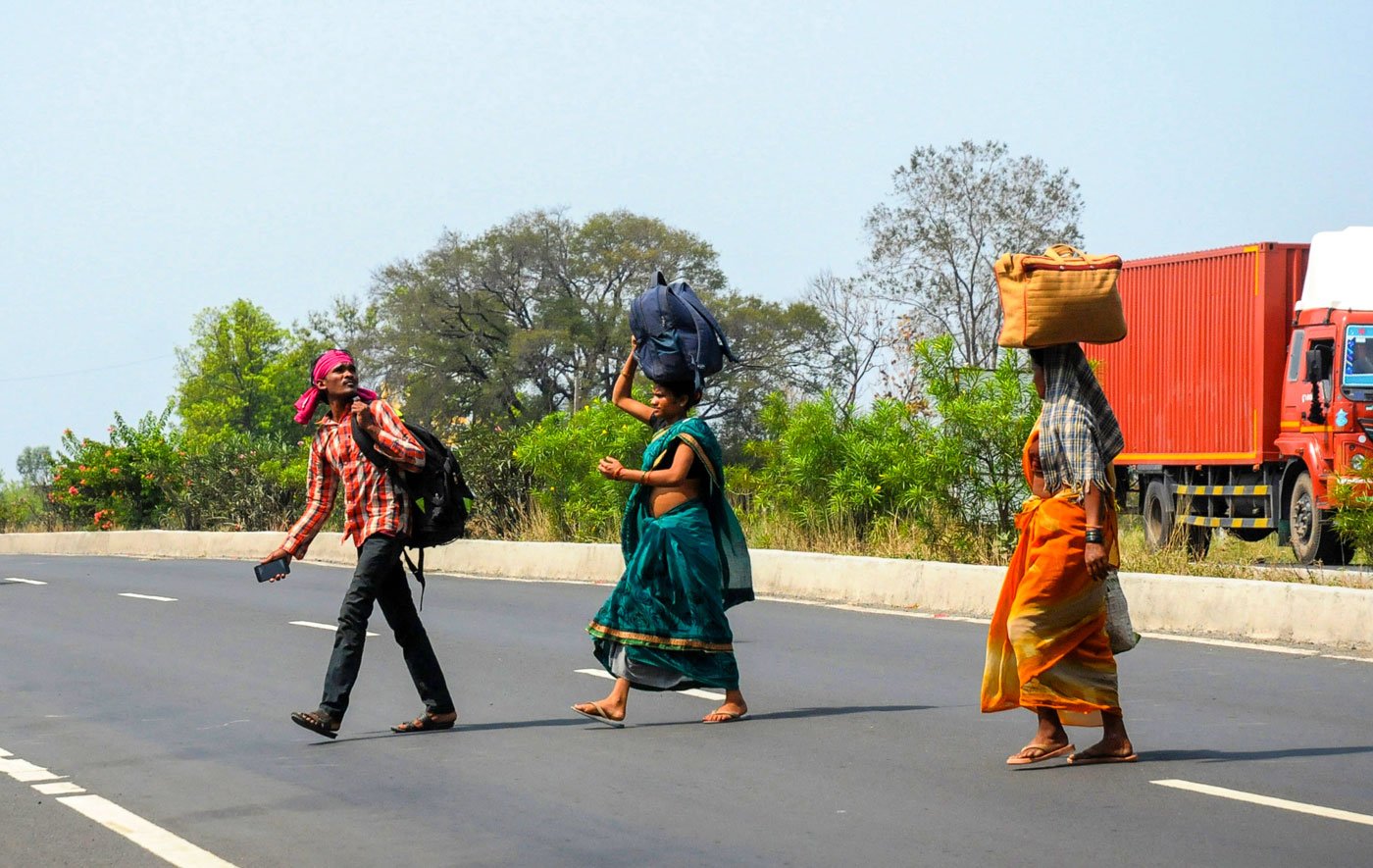
Countless migrants are arriving every day in Panjari village on the outskirts of Nagpur city, and then moving on to their faraway villages in various parts of the country.
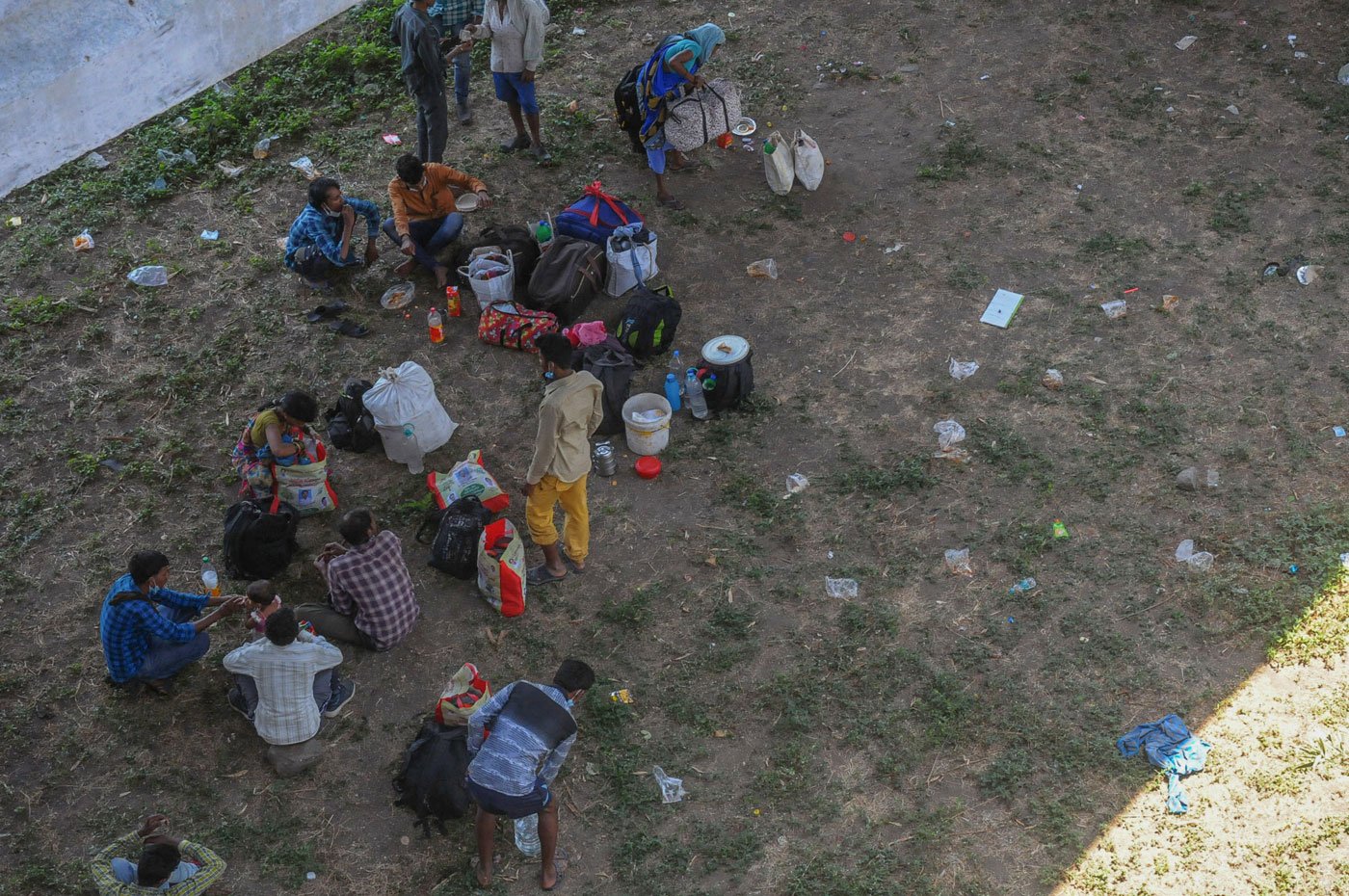
Taking a much-needed break for food and water in the shade of a flyover on the highway near Nagpur city.
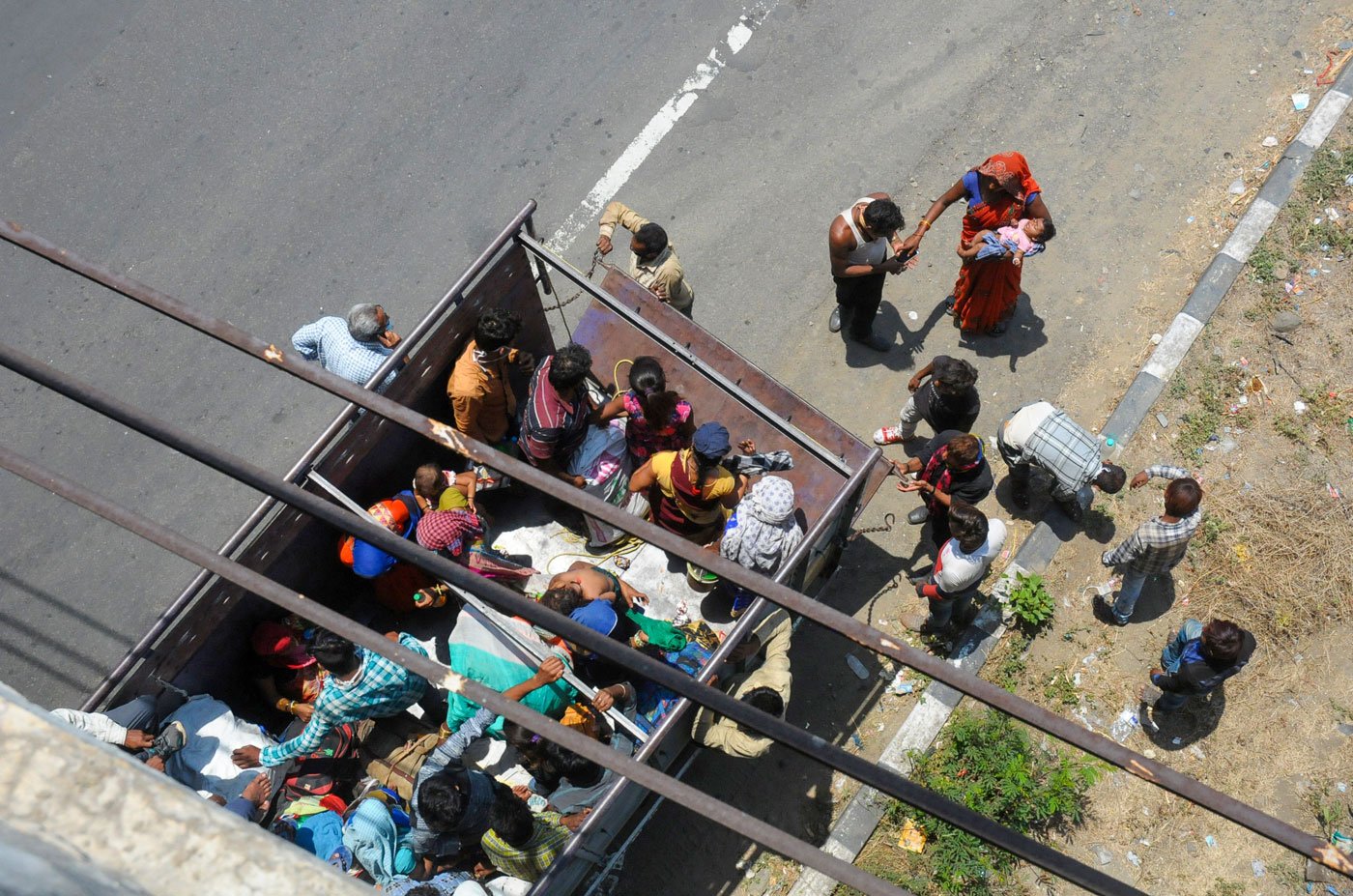
A truck about to resume its journey, packed with exhausted migrant labourers desperate to reach their villages and families.
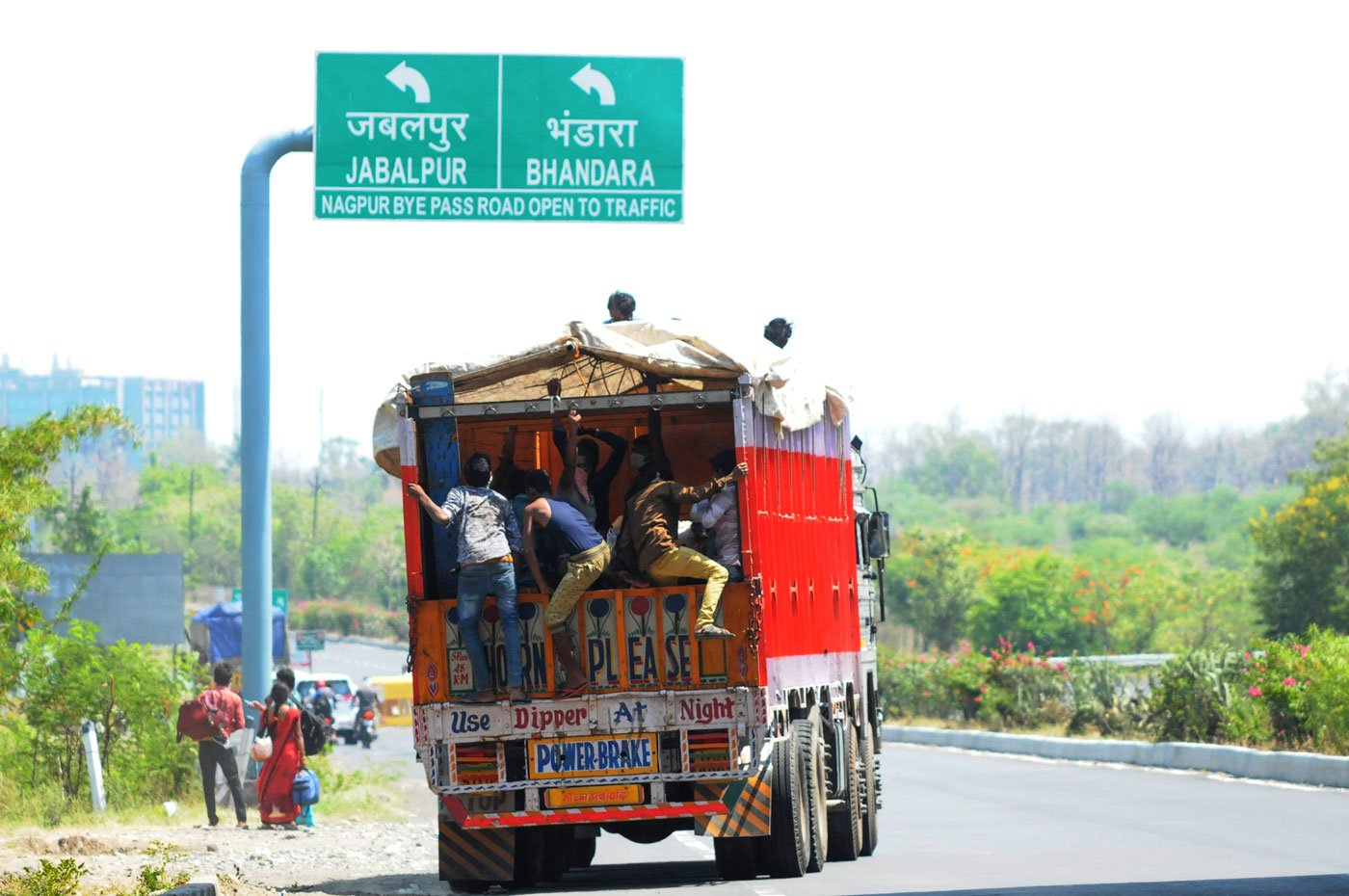
The journey resumes for those who managed to find a foothold in this truck.
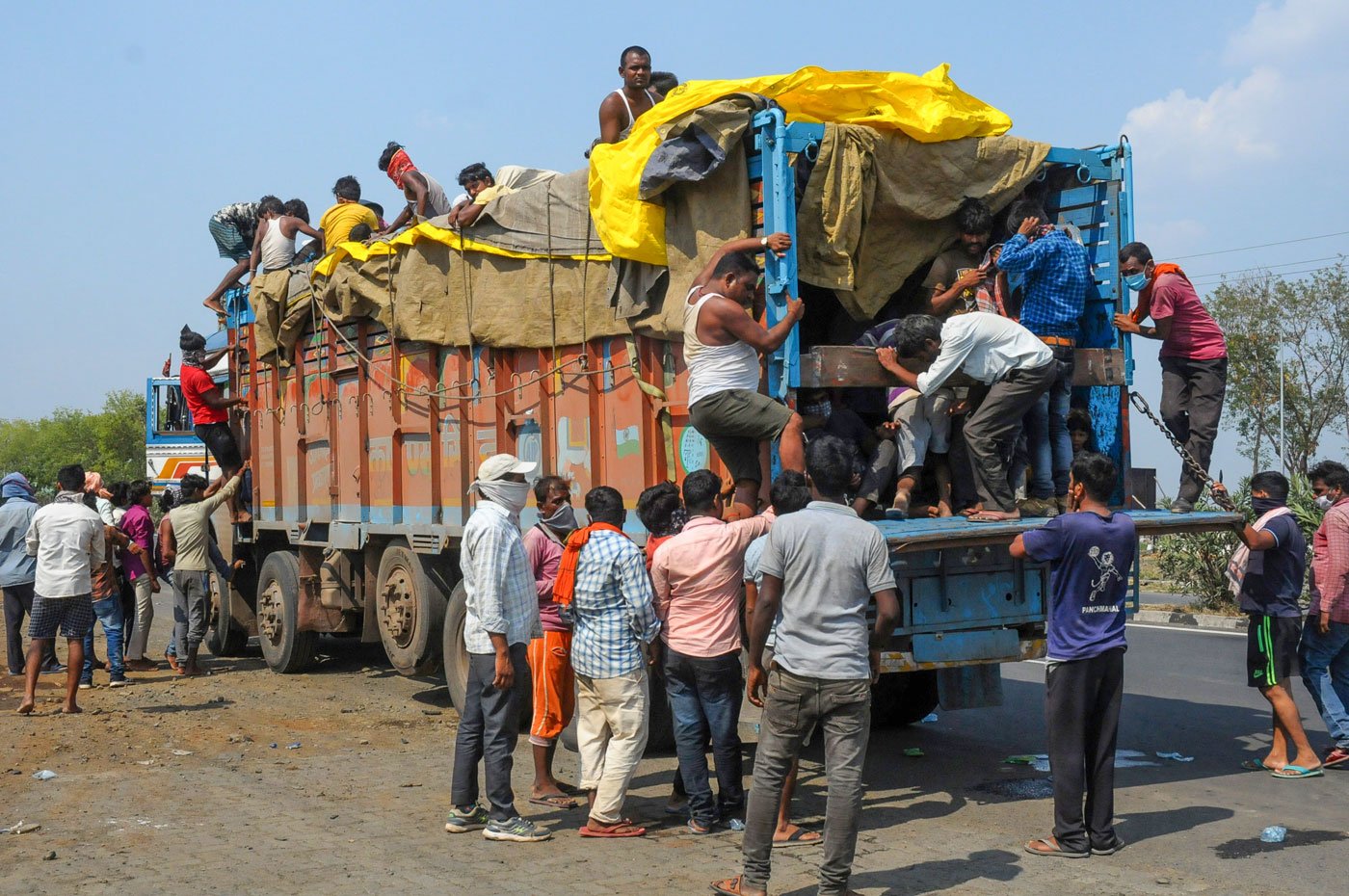
While several try to get on to another truck for their onward journey. This is near the toll plaza on Nagpur's outer ring road that connects to NH 6 and 7.
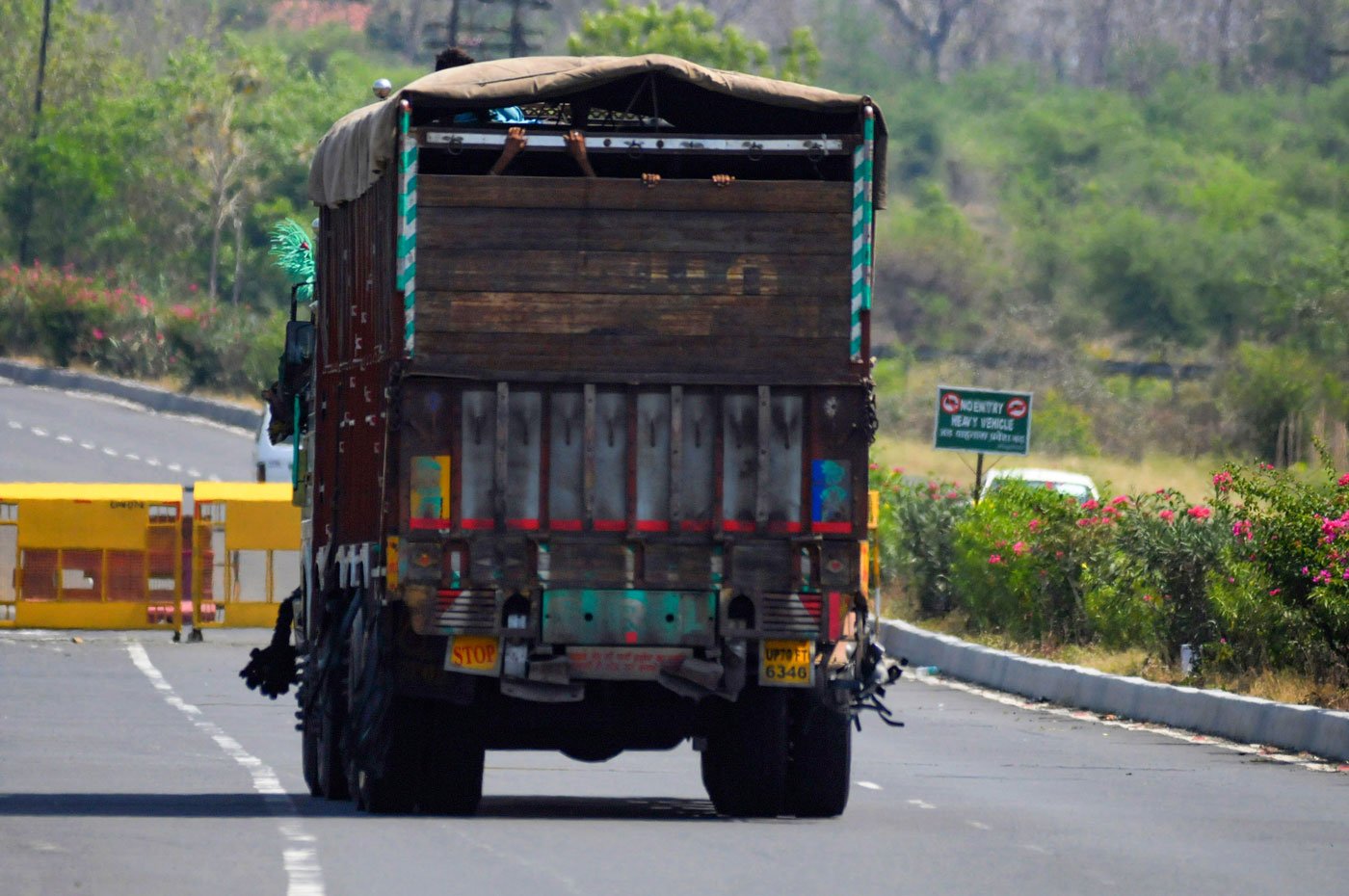
This is in summer temperatures that are in the high 40 degrees Celsius.
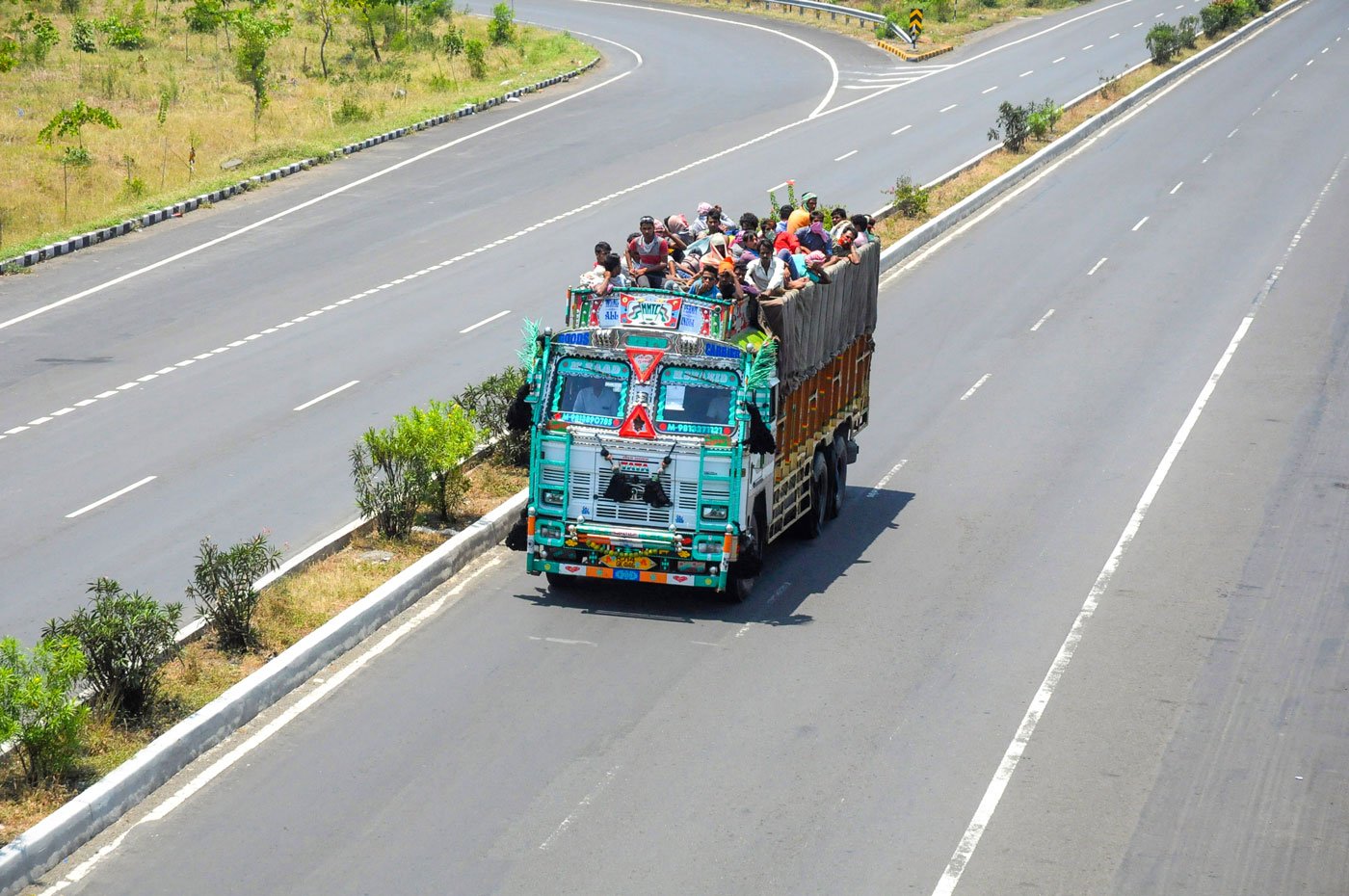
The hope of seeing their families possibly makes the heat and hunger, crowd and exhaustion, a bit more endurable.
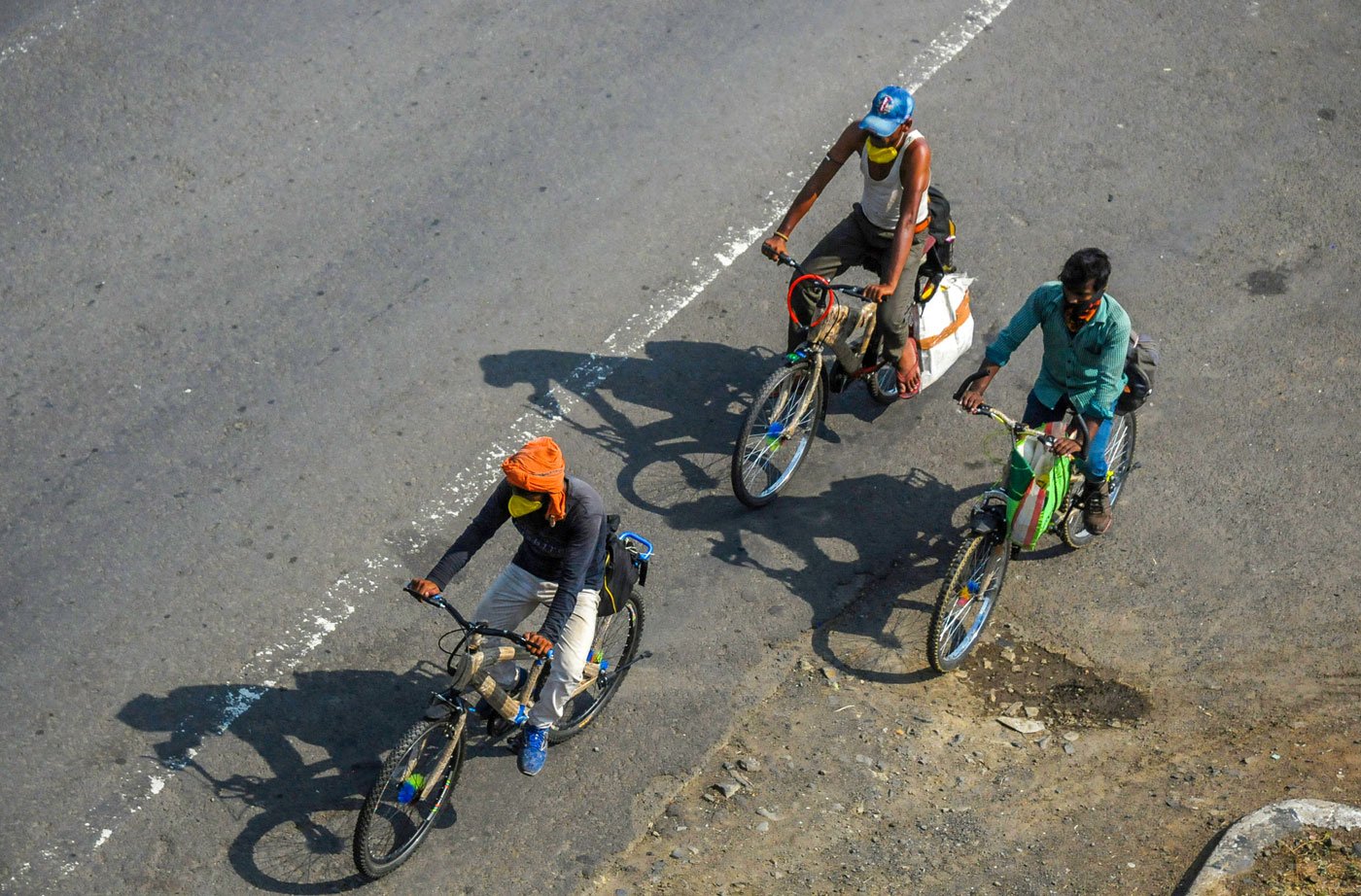
Three men going to Odisha from Mumbai on their newly purchased bicycles, an arduous journey they said had to be undertaken because they had no other option.

Often, the migrants walk not along the highways or main roads, but through fields and forest pathways.
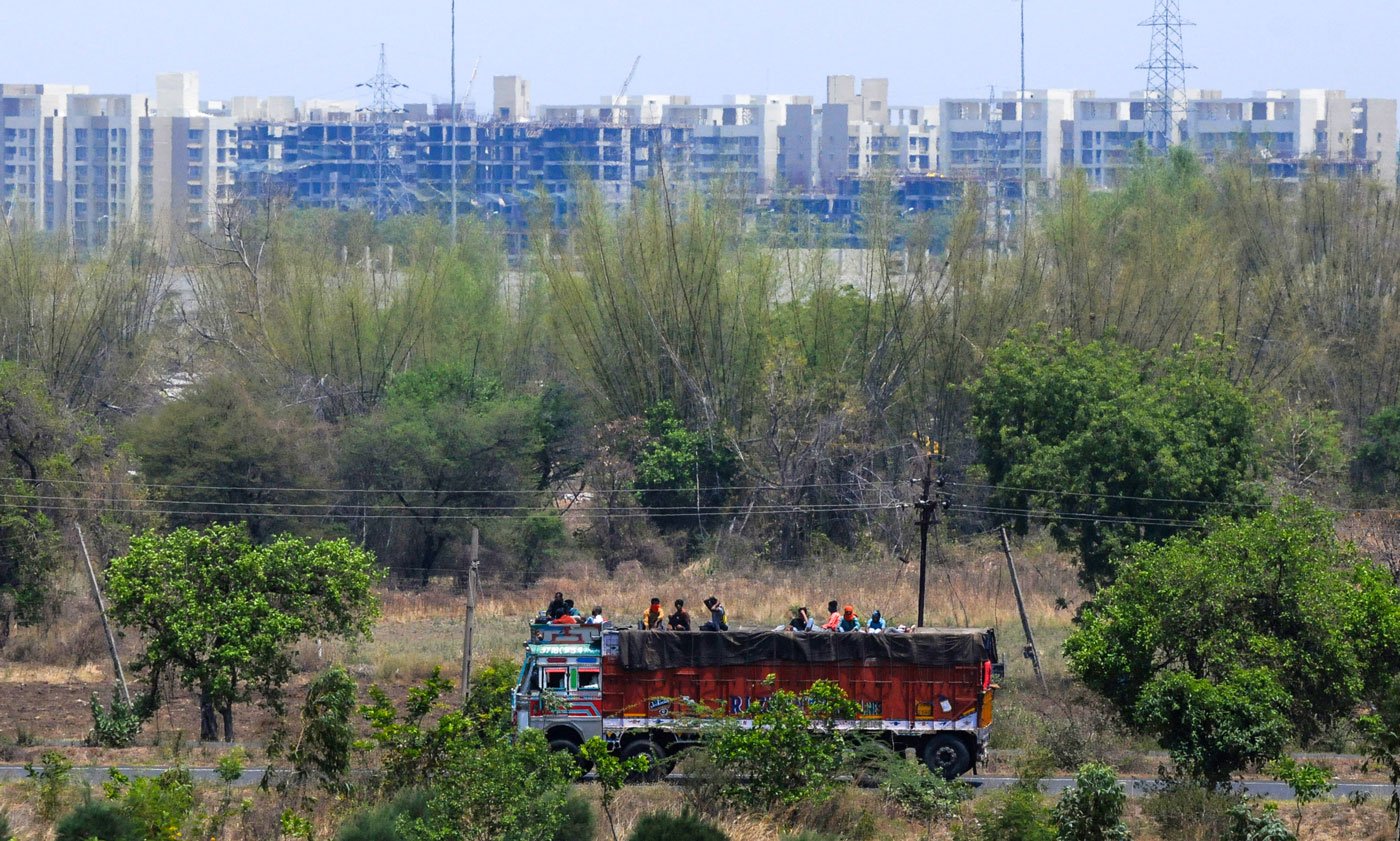
Leaving the cities they built, which, when the crisis came, offered them little support or comfort.
